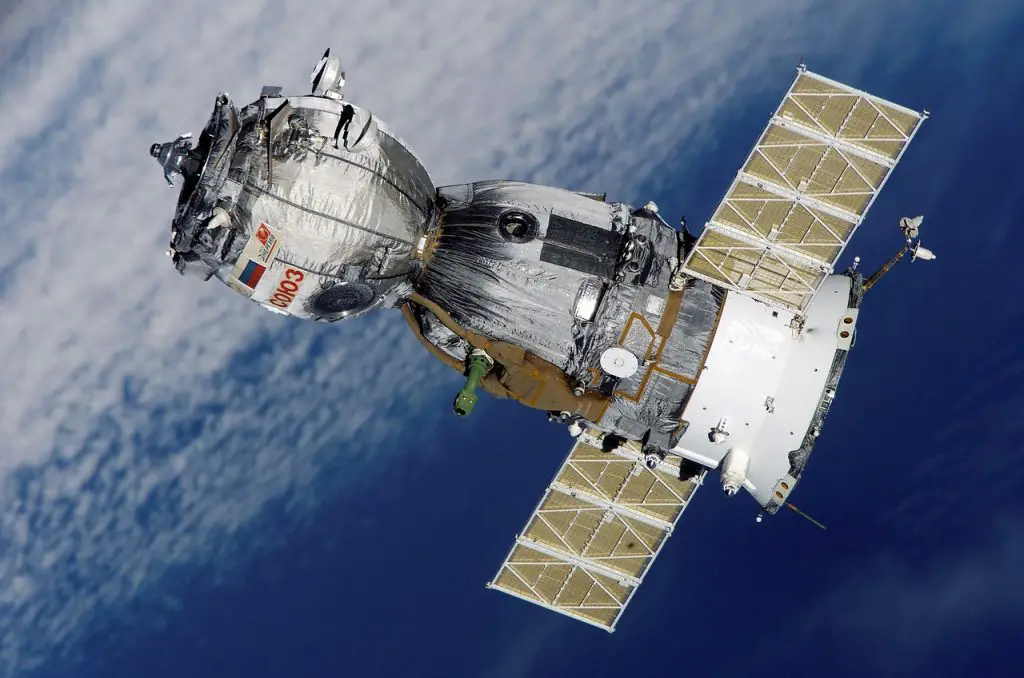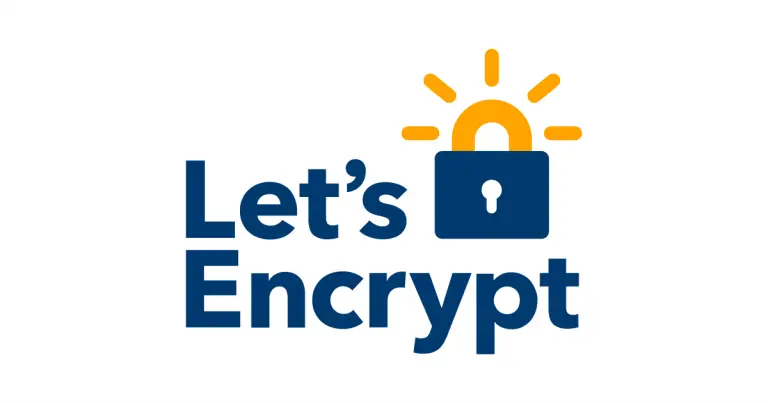
The United Kingdom’s communications regulator, Ofcom, has recently proposed leveraging satellite direct-to-device (D2D) technology to enable residents of remote and hard-to-reach areas across the country to connect directly to satellite signals using their internet-enabled devices—such as smartphones—for communication.
This proposal envisions satellite D2D technology as a complementary enhancement to existing mobile networks, aiming to achieve 100% mobile coverage across the UK. It would also serve as a vital backup communication channel during power outages and extend connectivity to the nation’s coastal waters, where conventional signal coverage is sparse—allowing passengers aboard vessels to access communication services, including emergency calls.
Ofcom further recommends amending current mobile spectrum licenses to allow network operators to utilize frequencies below the 3GHz band for such communications. The agency has also proposed the introduction of new satellite service authorizations or conditional usage allowances that would waive approval requirements in specific scenarios.
To safeguard existing spectrum users both domestically and abroad, Ofcom intends to implement stringent usage protocols designed to prevent interference with current wireless operations. Consultations with stakeholders and industry representatives are set to continue through May 20, with plans to begin approving the use of satellite D2D technology within the UK by year’s end.
Following formal approval, it is expected that UK users of newer devices—such as the iPhone 14 and subsequent models, the Google Pixel 9 series, and Samsung’s forthcoming Galaxy S25—will be able to access satellite-based connectivity, ensuring reliable communication even in the country’s most remote locales.


